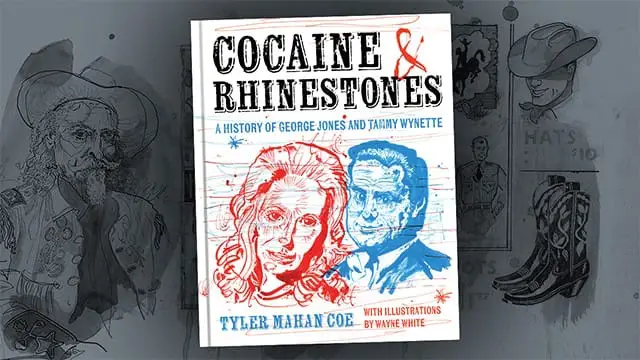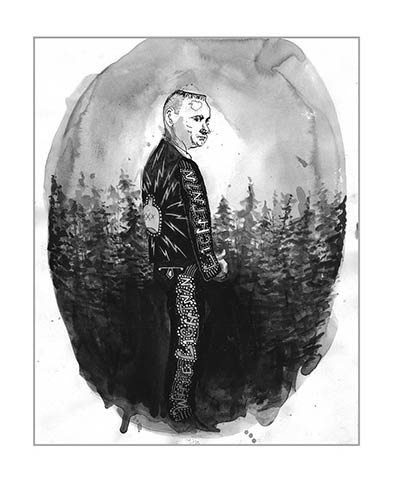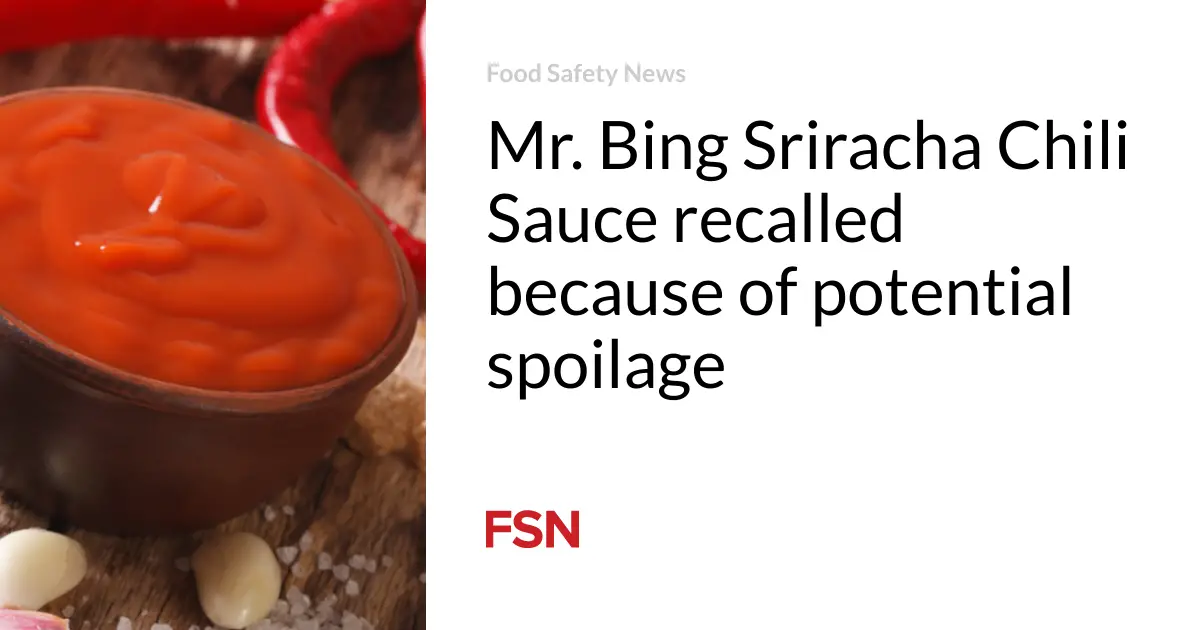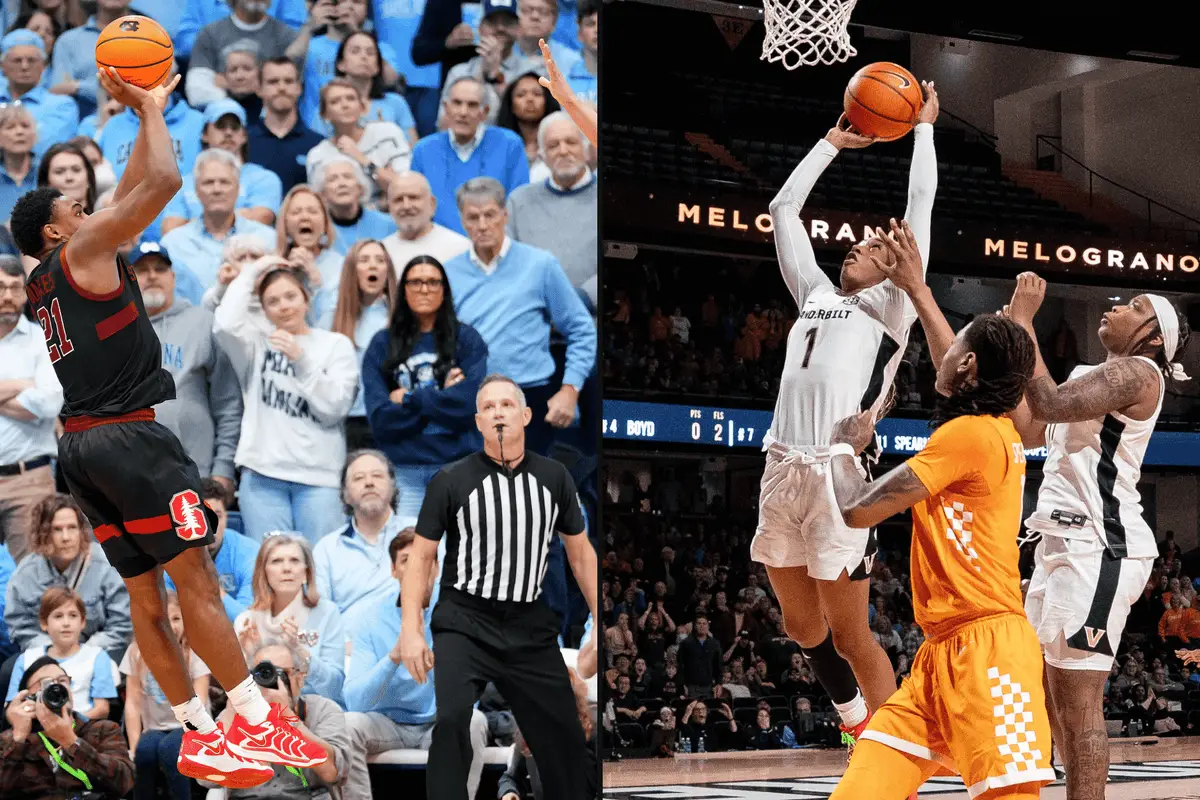
[ad_1]
In constructing the mammoth “Cocaine & Rhinestones: A History of George Jones and Tammy Wynette,” author and Nashville gadabout Tyler Mahan Coe has effectively Voltroned together three separate books.
At it’s core, the book details the bizarre, romantic, heartbreaking and gawkable trainwreck that was the separate ascendencies and eventual catastrophic relationship between country music superlatives George Jones and Tammy Wynette. Saddlebagging this near-murder ballad is an incredibly in-depth and fascinating recounting of the Nashville music recording industry in the middle of the past century. If that weren’t enough, each chapter begins with a deep dive into a series of seemingly-unrelated but damned-if-it-doesn’t-all-tie-together essays on a range of topics that are so wide, they almost seem as though they were pulled out of a hat. Almost.
![Tyler Mahan Coe [credit Jayce Kartye]](https://fastly-s3.allmusic.com/cms/28854/Tyler-Coe-Jace-Kartye.jpg)
Cocaine & Rhinestones crept onto the scene as a podcast in 2017, collated and narrated by Nashville insider Tyler Mahan Coe whose laconic drawl belied an insightful and biting view into the history of country music. As Coe states in his podcast introduction, “I’ve heard these stories my whole life. As far as I can tell, here’s the truth about this one” and as the son of true outlaw country singer David Allan Coe Tyler knows his stuff. His social media presence hosts a photo of him playing a pinball machine in a seedy bar in his birthday suit before he was old enough to enter kindergarten. Did Waylon Jennings own this pin machine? Maybe Johnny Paycheck? Either way, Coe paid his dues being inside ‘the room where it happens’ deering the rise and fall of the Outlaw Country boom.
Hilariously and infuriatingly, Coe co-hosts another podcast called “Your Favorite Band Sucks” wherein they shit-talk bands like The Beatles, Phish, Oasis, Wilco, Taylor Swift, AC/DC as well as concepts like Ticketmaster, Christmas Music and a recent four-part segment on Eminem. Whereas Cocaine & Rhinestones is meticulously researched, cross-referenced and footnoted, YFBS just rolls and trolls with no real malice or sense of reality (but dammit if it isn’t fun to tear down yr idols).
All of this prefaces the idea that Coe knows his history, embraces this history, honors the history of country music, but also isn’t afraid to throw the first dinner roll to start the food fight.
Season one of the podcast Cocaine & Rhinestones spent each episode detailing the incredible life stories of artists like Ernest Tubb, Loretta Lynn,

the Louvin Brothers, and the borderline torture porn recounting of the life of Spade Cooley. Each episode detailed the ins and outs of the music industry; how cruel it could be for performers and how lucrative it could be for the label heads and svengali-like managers. From this base, season two of the podcast languished over the legacies and confounding mis-steps of Jones and Wynette.
The ~500 page book based off of this second season recounts the drinking and drugging, adultery and skulduggery, the flailing attempts of two broken people to try to manipulate and commiserate each other to fill the voids in their lives but also climb on top of each other in order to stay alive in the Nashville machine. At times it almost seems as though each of them were drowning and both swam out to rescue the other only to find that their partner was climbing on top of them, waving to be rescued while simultaneously swamping the one they loved. Spoiler alert: It doesn’t end well, but that doesn’t mean that the book doesn’t offer a blow-by-blow account of the soaring highs and crushing lows that these two brilliant, broken mega-stars endured and inflicted upon themselves.
The Jones/Wynette ‘Dynasty-via-Game Of Thrones’ saga makes up the skeletal system of the book, but alongside that is a very footnote-able and obsessive level of detail about the creation of “The Nashville Sound.” (Anyone with a ‘Chet Atkins Fan Club’ membership card in their wallet may want to close the book now), as well as a loving tribute to the undersung musical architect Owen Bradley and the in-the-trenches folks like Billy Sherrill,

Don Pierce, Pappy Daily, and countless other industry insiders who helped to create the sound of country music in the 1950s, ’60s, and ’70s.
Incredibly, there is a third book nestled in between the grooves like a psychedelic gimmick on an old LP, wherein Coe puts together a thesis-level dissertation on such disparate topics as ice cream, jukeboxes, the manufacture of moonshine, and (for some reason) bullfighting. Patient readers are rewarded by being granted the wisdom that the pinball machine begat the jukebox, and when jukebox manufacturers realized that they could tip the scales by putting their own records in the regional machines (and keeping a cut of the publishing), their revenues would increase (hence the birth of regional record labels). Similarly, a chapter about modern refrigeration seems out of place in a history of country music until it is revealed that the advent of home refrigerators shifted the existence of ice cream from a true novelty to something that could be had in the home, which mirrors the ascendancy of the record industry.
Perhaps the most drawn-out but ultimately rewarding Wikipedia-scented sections of both the book and the podcast revolve around the history of bullfighting (and as someone who was in on the ground floor of Season Two of the Cocaine & Rhinestones podcast,
At times it almost seems as though each of them were drowning and both swam out to rescue the other only to find that their partner was climbing on top of them, waving for rescue while simultaneously swamping the one they loved.
I can tell you that people lost their shit when Coe would devote the first 10 minutes of the broadcast talking about Spanish bullfighting from the Middle Ages and Juan Belmonte: Killer of Bulls), but this deep dive ends up resolving in a manner that—”DUH!”—head-slappingly illustrates the state of country music fashion from the ’40s through today, the patronage of the ruling class and how that relates to the music industry, and a dozen other threads that all tie together.
If this three-headed Hydra of a story structure sounds daunting, it is also a fun and entertaining read. Below is a (partial) list of the names and topics listed in the index at the back of the book:
• All My Children
• All Things Must Pass
• amphetamines (see speed)
• Beverly Hills 90210
• Bowie, David
• burlesque shows
• Cato the Elder
• CBGB
• Cleopatra
• D-I-V-O-R-C-E (the album) and “D-I-V-O-R-C-E” (the song)
• George Jones Chuck Wagon restaurant
• G-strings (clothing)
• Gully Jumpers
• Harpocrates AND the harpsichord
• Joy of Cooking, The
• Kilmister, Lemmy
• KKK AND The KLF
• Three separate Mèdicis
• Nashville (the city AND the Robert Altman film)
• Payola
• Pet Sounds
• Possum Hollar
• Riefenstahl, Leni
• Ru-Paul’s Drag Race
• Scotty Turner, Tina Turner, Titus Turner, and Zeb Turner
• Voguing
• Wagoner, Porter (Jones’ bathroom encounter with)
• Multiple Wilsons (including Brian, Dennis, Norro, and Woodrow)
If no other metric is required, this book about a history of a time in country music footnotes “Drug Use” 31 times and the “Grammy Awards” only 7 times. This real world attitude toward the way music was written, recorded, and distributed only establishes the “bandaid-off” approach of the book. Pulling no punches, calling out unreliable narrators in reference materials, and lovingly embracing the times when everything came together improbably perfectly, Cocaine & Rhinestones is an expertly told love story, a reference material, a philosophical exercise, and a cautionary tale.
“Cocaine & Rhinestones: A History of George Jones and Tammy Wynette” can be found at the Cocaine & Rhinestones website.
[ad_2]
Source link






